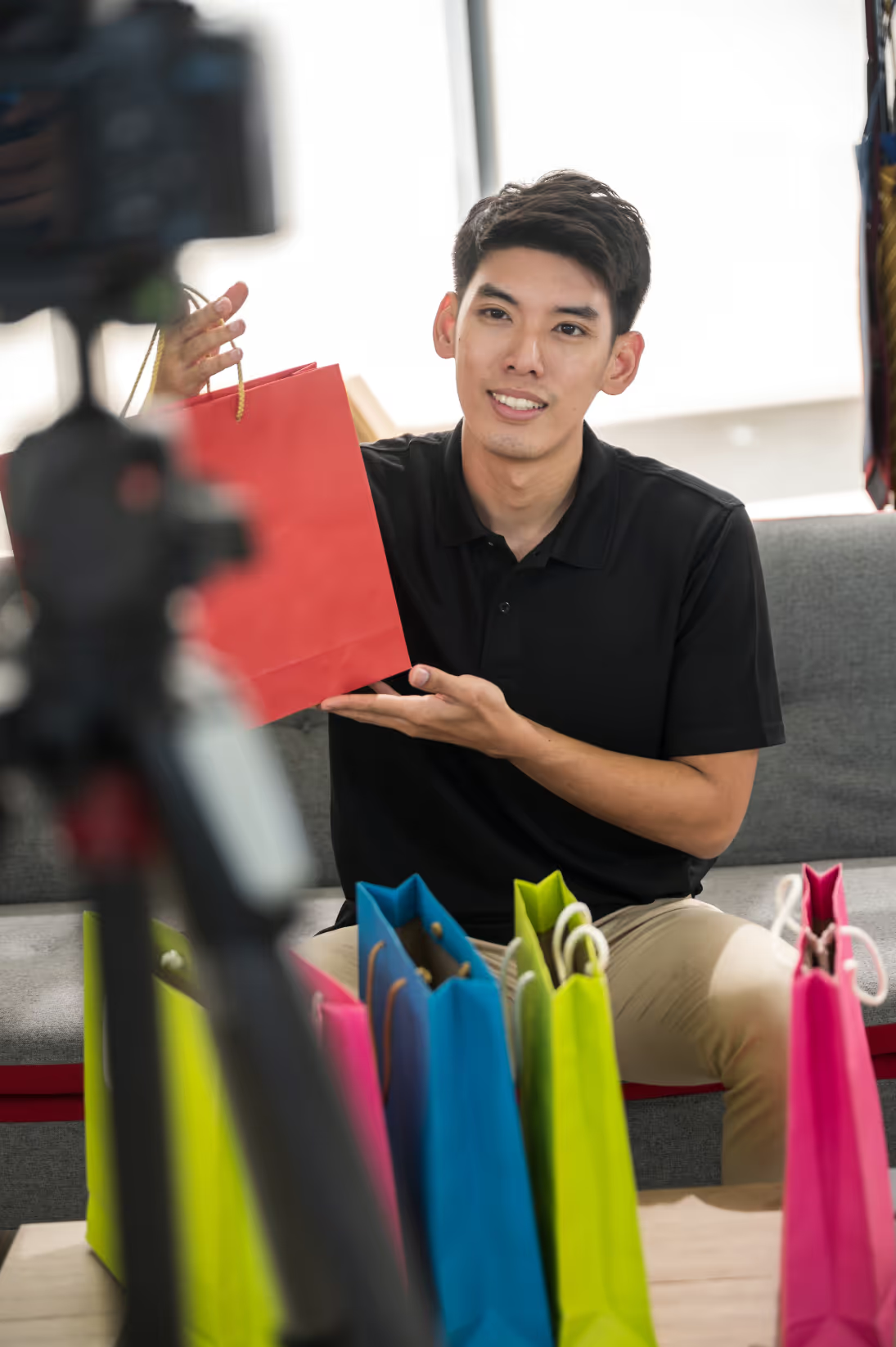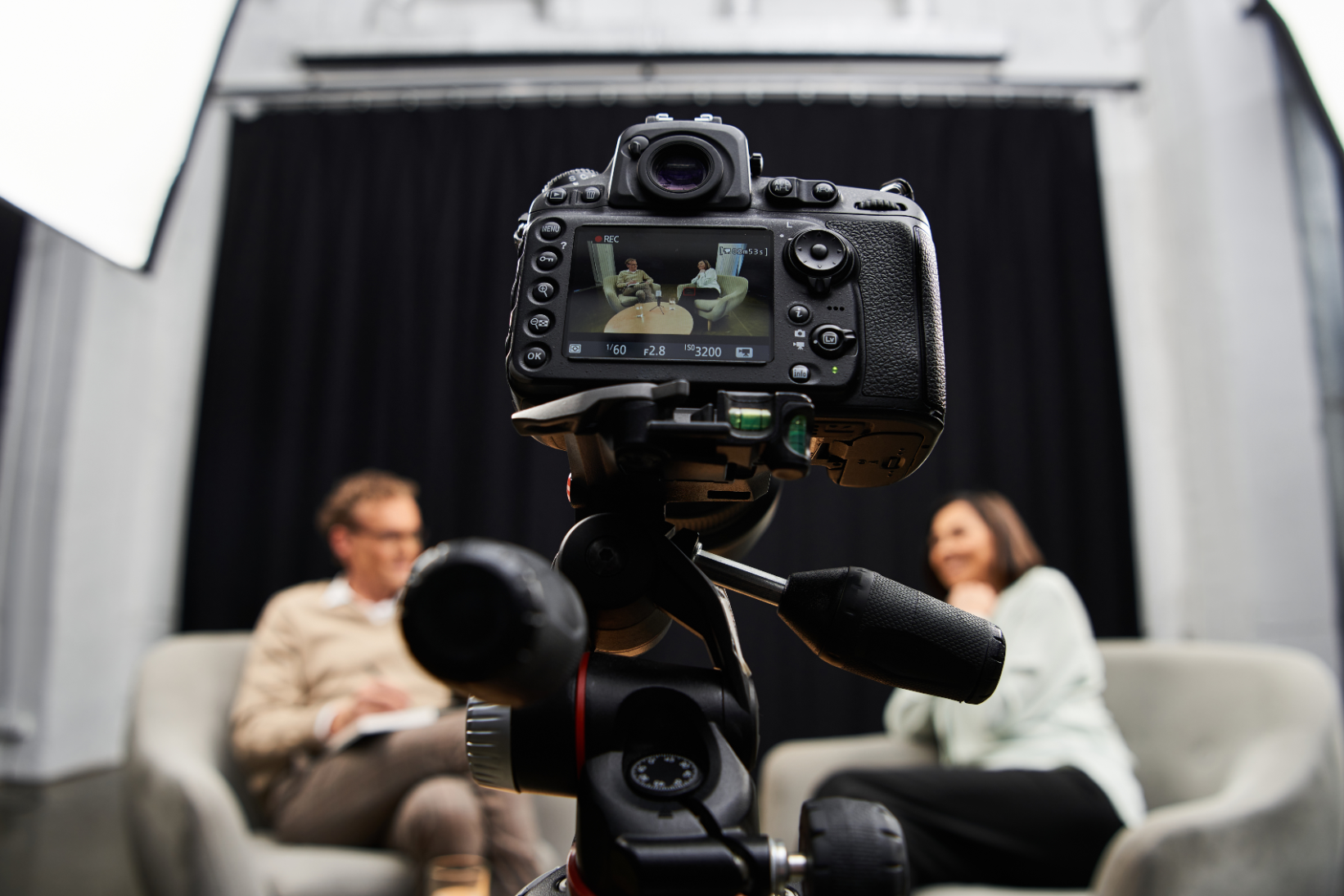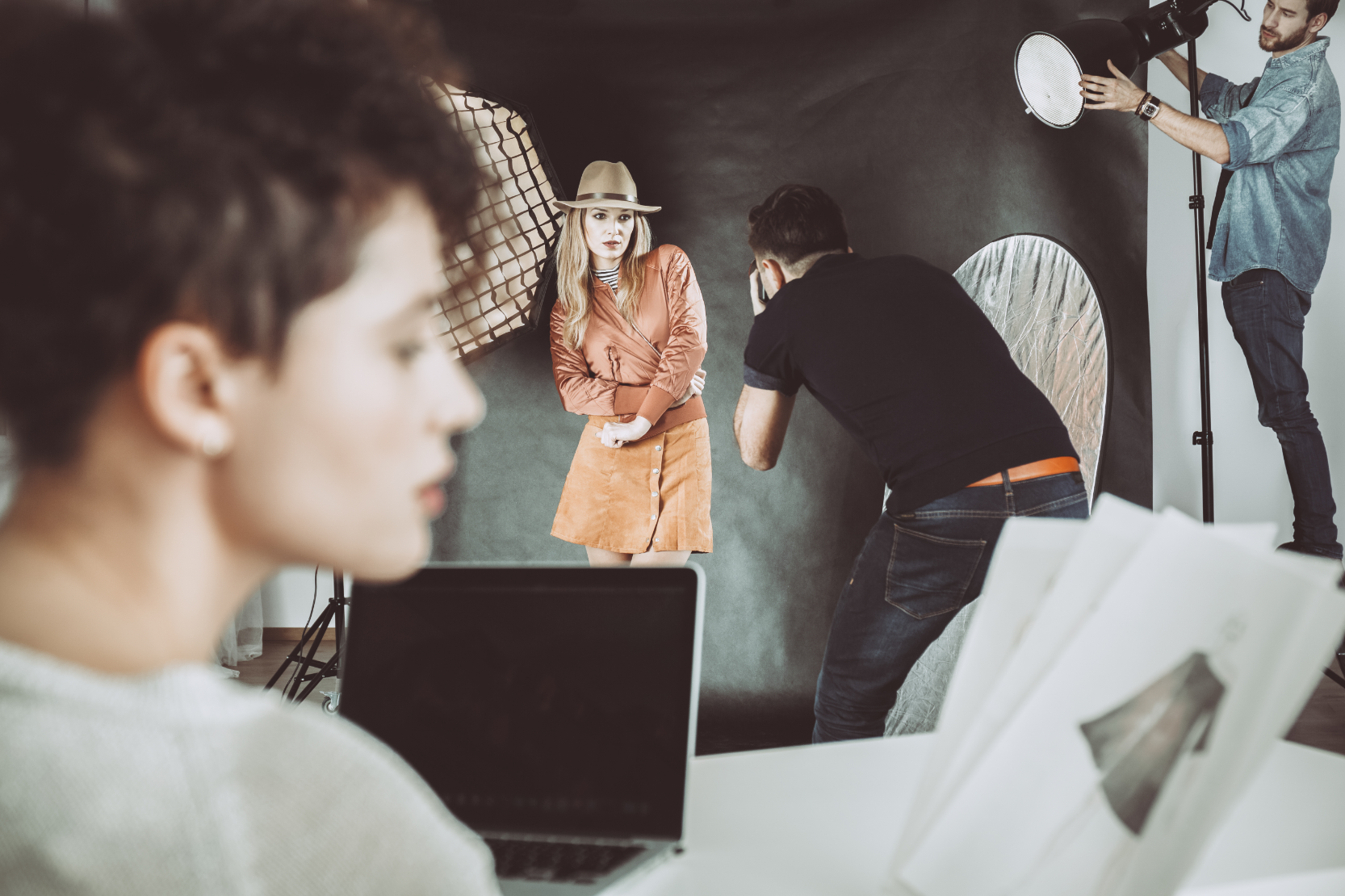Achieve Cinematic Visuals: Pro Film Production Tactics

Have you ever watched a film and been utterly mesmerized by its visuals? That feeling of being drawn into another world, where every frame feels like a painting, is the hallmark of truly cinematic storytelling. It's not just about having the latest gear; it's about understanding and implementing time-tested professional film production tactics. At FilmBaker, we believe that achieving this level of visual excellence is within reach for any dedicated filmmaker. Let's dive into some core strategies that can elevate your production from good to genuinely unforgettable.
The journey to cinematic visuals begins long before the camera even rolls. It's a holistic approach that integrates artistic vision with technical precision, spanning pre-production, principal photography, and post-production. Each element, from how you light a scene to how you frame a shot and ultimately how you grade your footage, plays a crucial role in crafting that coveted "film look." Join us as we explore the practical steps you can take to make your visual storytelling shine.
Mastering the Art of Light and Shadow
Lighting is arguably the single most critical element in achieving cinematic visuals. It shapes mood, defines characters, and guides the audience's eye. Think beyond simply illuminating your subject; consider how light interacts with your scene, creating depth, texture, and emotional resonance. Professional cinematographers meticulously plan their lighting setups, whether they're using complex three-point lighting systems, bouncing natural light, or incorporating practical lights within the scene. Understanding light temperature (warm vs. cool) and how different qualities of light (hard vs. soft) affect the image is fundamental.
Experiment with various lighting techniques to see their impact. A soft, diffused light can evoke a romantic or ethereal mood, while harsh, direct light can create drama, tension, or a sense of stark reality. Don't be afraid to embrace shadows; they are just as important as the illuminated areas, adding mystery and dimension. Gels can be used to introduce color into your lighting, further enhancing the mood. For instance, a subtle blue gel can suggest moonlight, while an orange gel might mimic the glow of a warm fireplace, instantly transforming the feeling of a scene.
Composition and Framing for Impact
A beautifully composed shot can tell a story without a single word. Mastering composition means understanding how to arrange elements within your frame to create visual balance, direct attention, and convey meaning. Techniques like the rule of thirds, leading lines, and negative space are powerful tools for achieving dynamic and aesthetically pleasing compositions. Consider the depth of field – a shallow depth of field can isolate your subject, making them stand out, while a deep depth of field keeps more of the background in focus, providing context and scale.
Beyond static composition, think about your shot selection. Wide shots establish the environment, medium shots reveal character interaction, and close-ups emphasize emotion or crucial details. Varying your shot types keeps your visuals engaging and prevents monotony. Always consider what you want the audience to feel and see in each frame. Is your character feeling isolated? A wide shot with lots of negative space around them might convey that. Are they in an intense moment? A tight close-up can amplify the emotion. Remember to look for interesting foreground and background elements to add layers and depth to your frames.
The Power of Purposeful Camera Movement and Blocking
Dynamic camera movement can breathe life into a scene, immersing the audience in the action and enhancing the narrative flow. Whether it's a smooth dolly shot tracking a character, a sweeping crane shot revealing a grand landscape, or the raw energy of handheld movement, each technique serves a specific purpose. However, movement for movement's sake can be distracting. The key is to ensure every camera move is motivated by the story or character emotion.
Closely tied to camera movement is blocking – the strategic positioning and movement of actors within the scene. Professional filmmakers meticulously plan how characters will move in relation to the camera, creating a seamless dance that guides the viewer's eye and reinforces the narrative. Rehearse your blocking and camera movements together to ensure they complement each other perfectly. For instance, a character moving towards the camera might signify their growing confidence, while the camera slowly pushing in on a character could build suspense as they realize something profound.
Elevating Visuals Through Post-Production Magic
While much of the cinematic look is captured in-camera, post-production, particularly color grading and subtle visual effects (VFX), is where the final polish is applied. Color grading isn't just about correcting exposure; it's about crafting the emotional tone and visual style of your film. A professional colorist can transform raw footage, enhancing details, balancing tones, and creating a cohesive aesthetic that ties your entire film together. Think about the iconic looks of your favorite movies – much of that distinct visual identity comes from the carefully curated color palette.
Even if you're not planning Hollywood-level explosions, subtle VFX can be incredibly powerful. This might include removing unwanted objects, compositing elements, stabilizing shaky footage, or adding atmospheric effects like fog or rain to enhance realism or mood. Used judiciously, VFX can seamlessly integrate into your narrative, making the impossible seem real or simply cleaning up imperfections to present a pristine image. Always approach post-production with a clear vision of the final look you want to achieve, ensuring consistency and maximizing impact.
Conclusion: Your Cinematic Journey Starts Now
Achieving cinematic visuals is a blend of artistry, technical skill, and meticulous planning. By focusing on the foundational elements of lighting, composition, camera movement, and leveraging the power of post-production, you can dramatically elevate the quality of your films. These tactics aren't just for big-budget productions; they are principles that apply to projects of all scales, transforming your vision into compelling visual stories.
Remember, practice and experimentation are key. Don't be afraid to try new techniques, analyze the visuals in films you admire, and continuously refine your craft. The journey to mastering cinematic visuals is an ongoing one, but with these professional tactics in your arsenal, you're well on your way to creating truly captivating work. If you're ready to take your productions to the next level or need professional support for your next big project, reach out to us at FilmBaker. We're here to help you turn your cinematic dreams into stunning reality.
Contact FilmBaker today and let's create something extraordinary!


